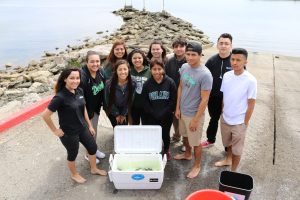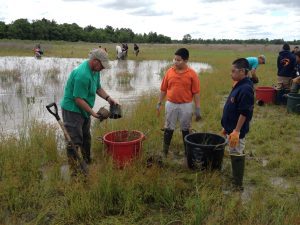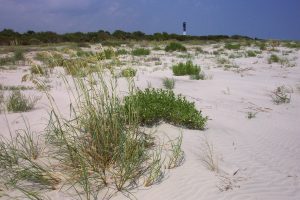Since 2010, Maine Sea Grant and UMaine Cooperative Extension have worked with state and regional partners to develop and coordinate Signs of the Seasons, a monitoring program that engages citizens of all ages in observing the timing of seasonal plant and animal life cycle events (phenology). The data are publically available through the National Phenology Network’s online database, and the program offers climate and phenology seminars, webinars, and field-based learning opportunities for participants and the public throughout Maine and New Hampshire.
In 2016, 77 participants recorded more than 47,000 observations of the program’s 19 indicator species, at 89 locations in Maine and New Hampshire. Of participants surveyed in 2016, 75% reported an increase in their knowledge of climate science, and 67% reported increasing other climate-related stewardship activities, such as sharing climate science information with friends and family, reducing their home water and energy use, and getting involved in other climate-related citizen science initiatives. Science contributions in 2016 include an expanded partnership with Maine Audubon, through which 40 experienced Audubon loon monitors learned how to collect additional phenology data related to loon migration and reproduction. This targeted effort will improve Audubon’s ability to evaluate climate-related influences on low chick survival rates over the past two decades. Signs of the Seasons monitoring protocols for rockweed (Ascophyllum nodosum) are also the basis of a Maine Maritime Academy scientist’s ongoing effort to re-evaluate an historical model for rockweed growth rates and reproduction along the Atlantic coast, from Massachusetts to Nova Scotia.


